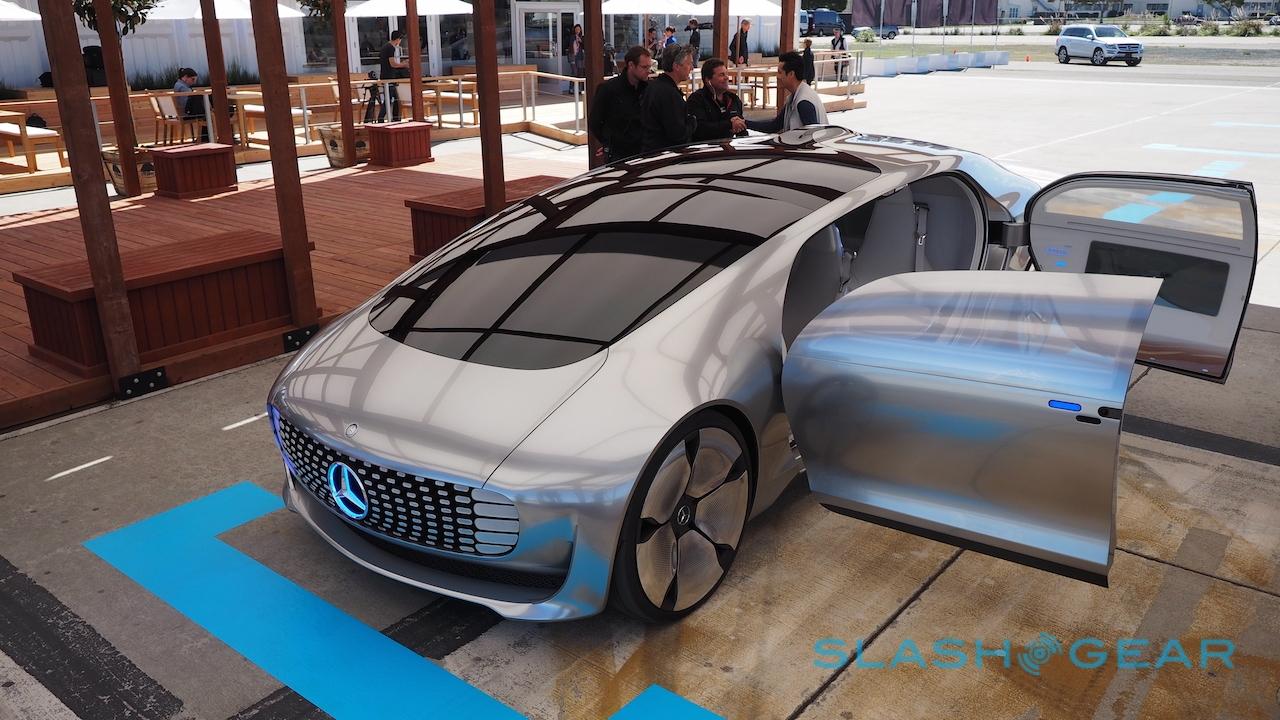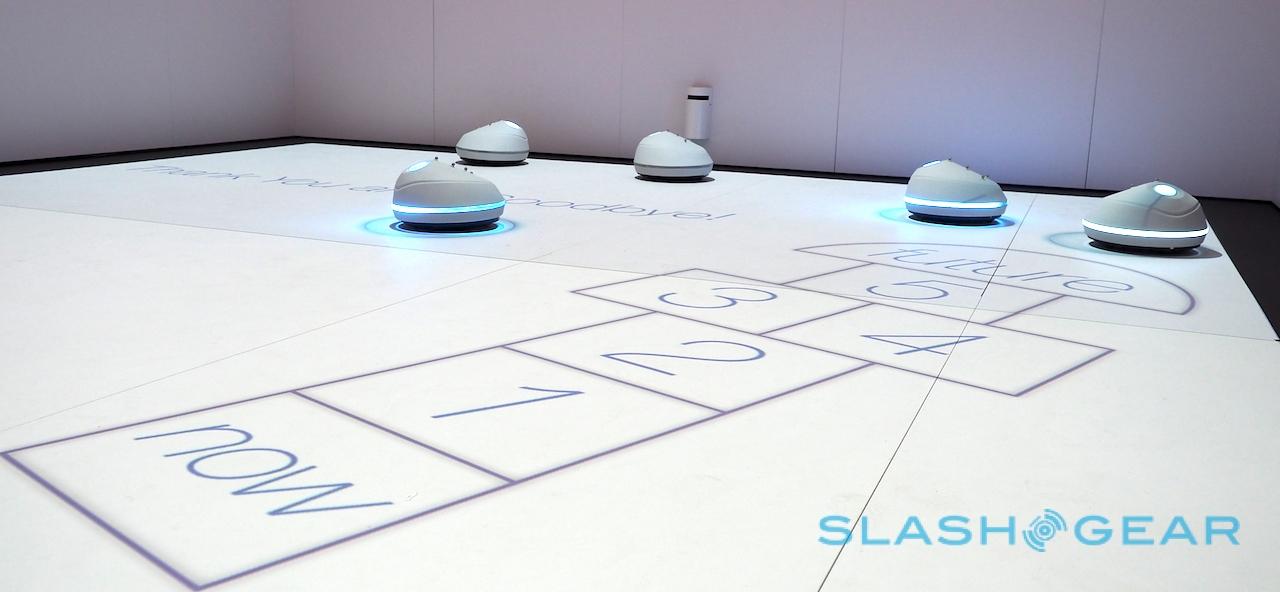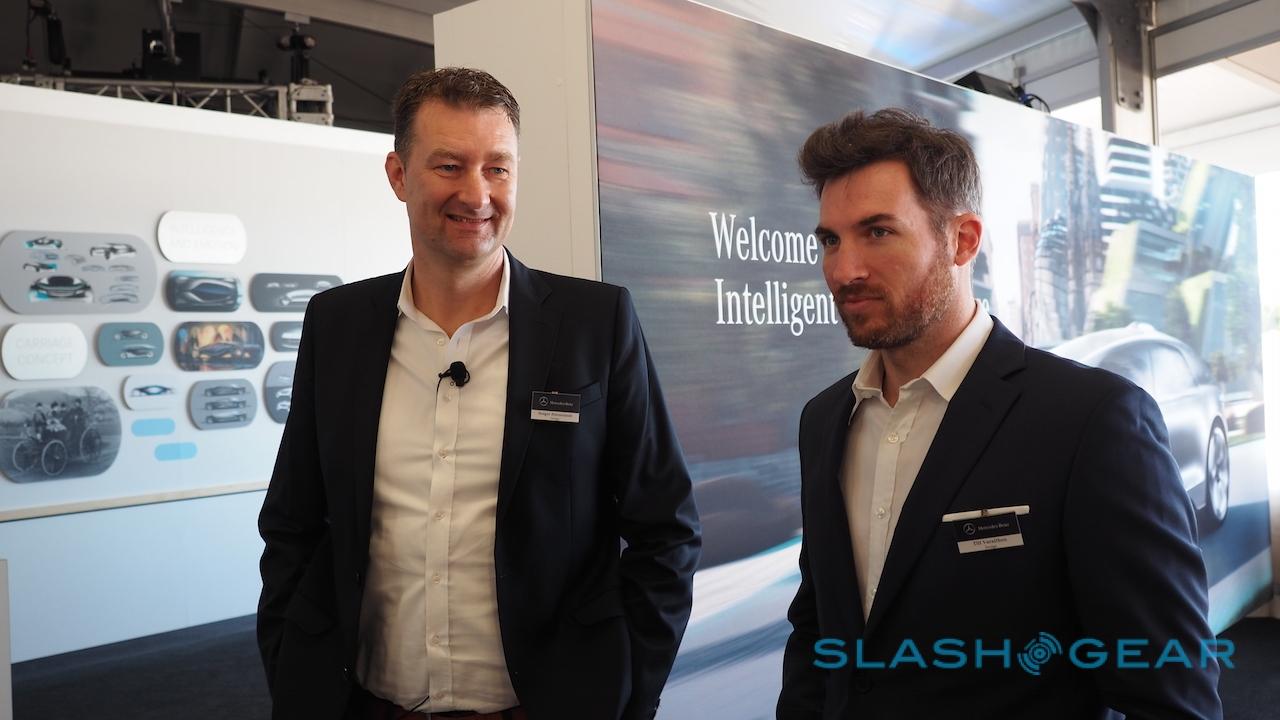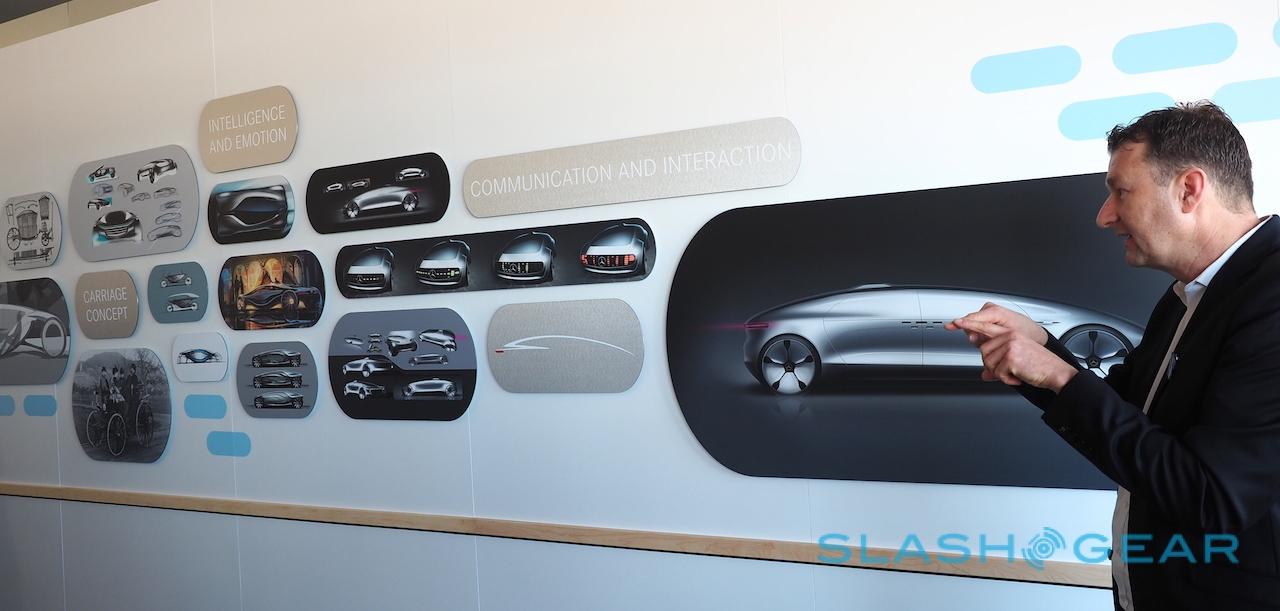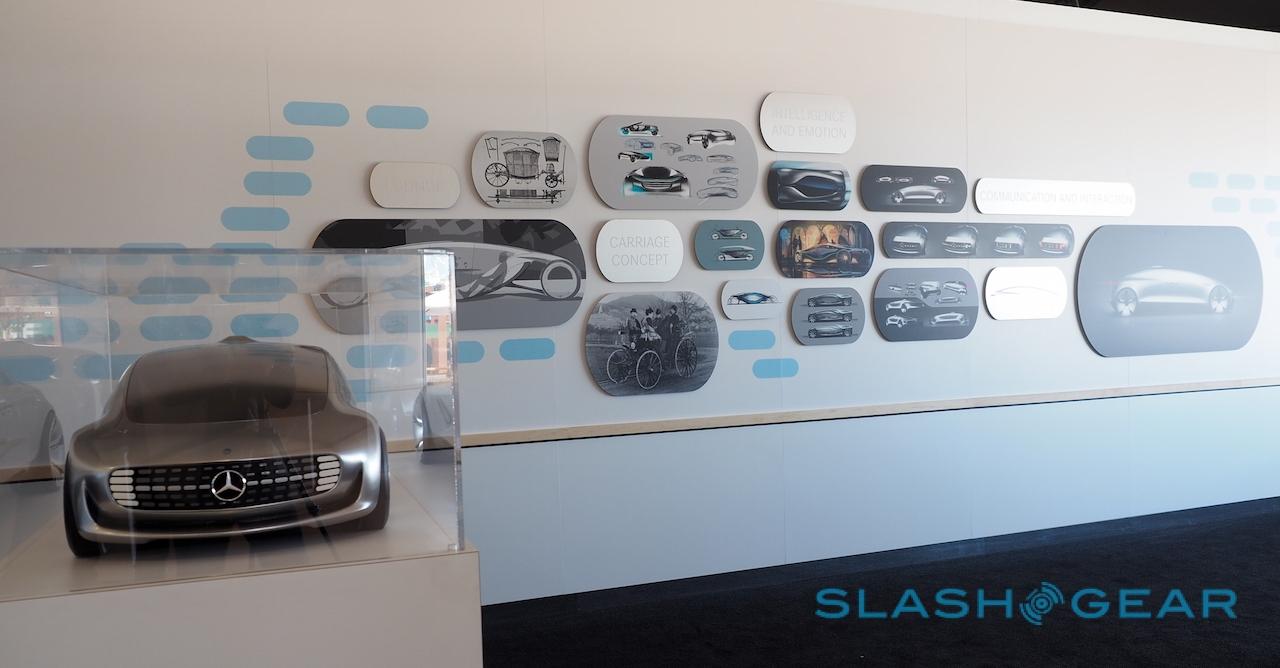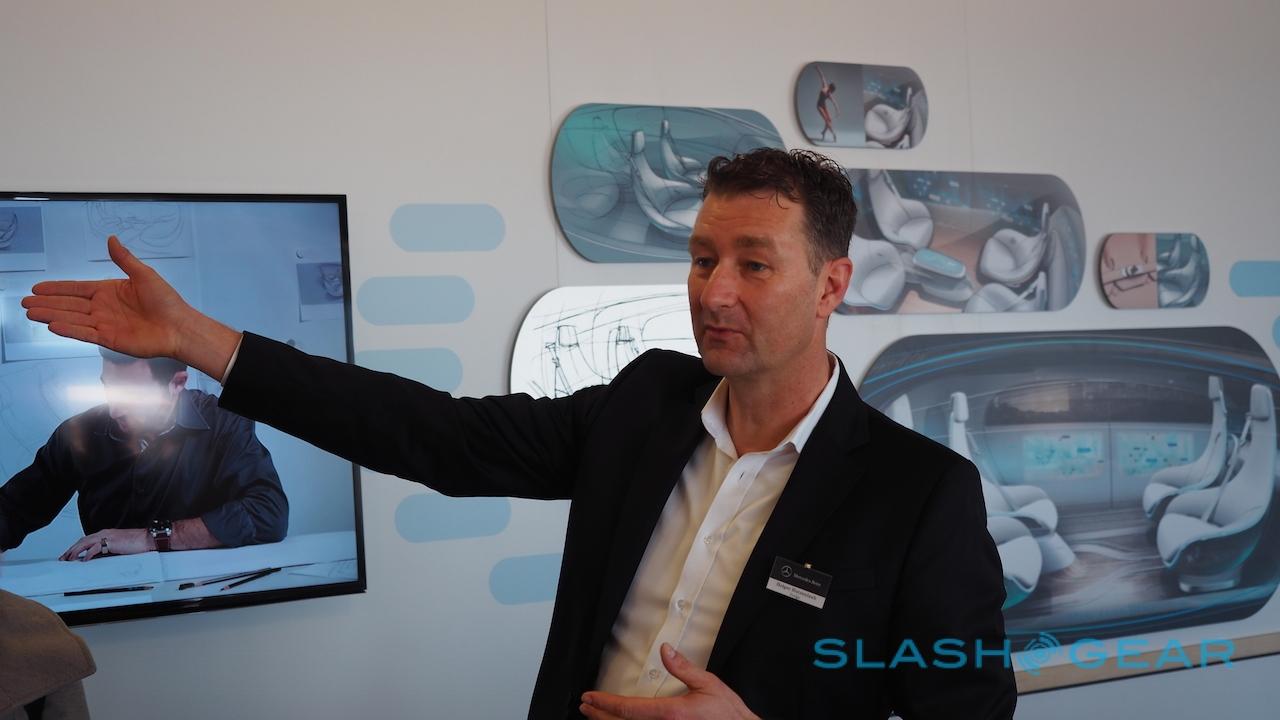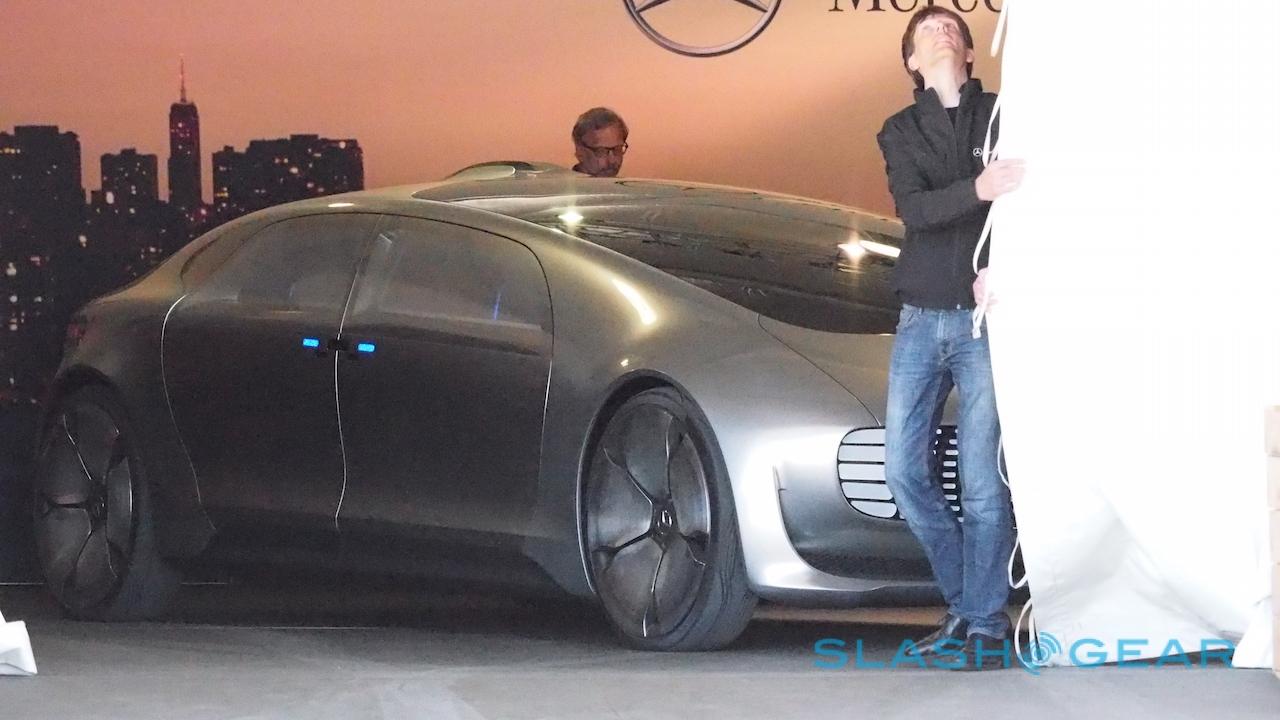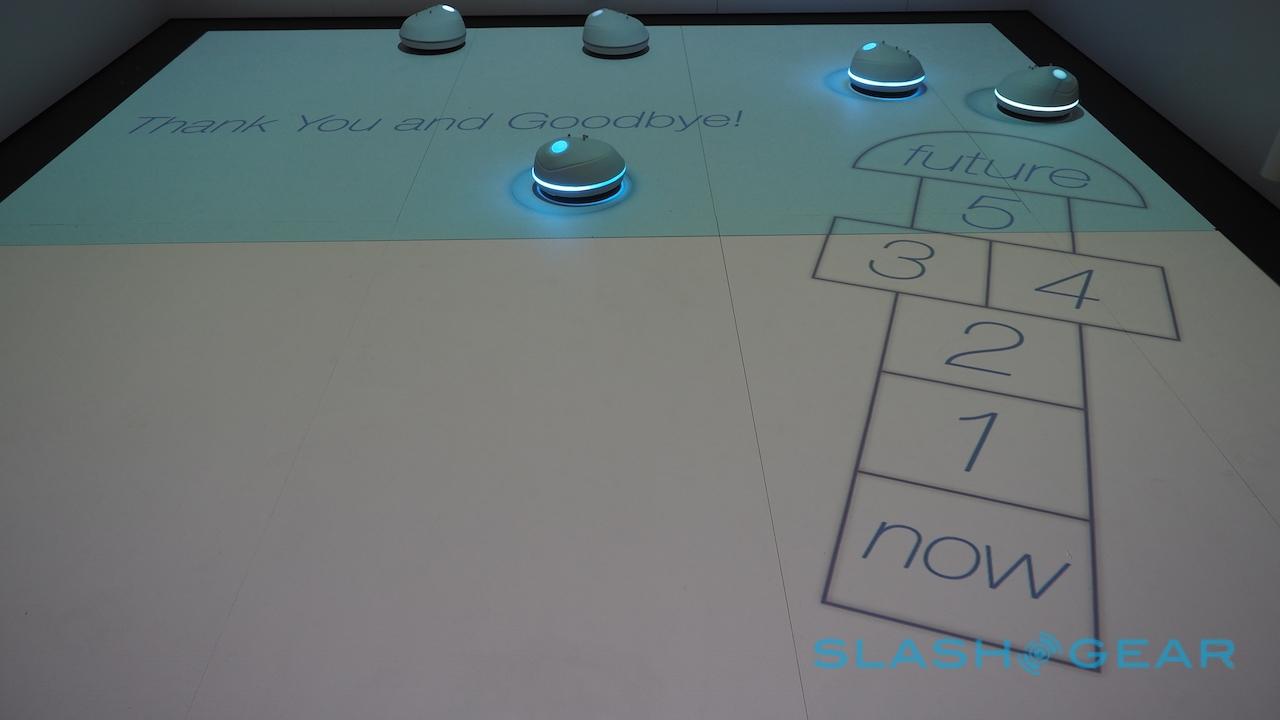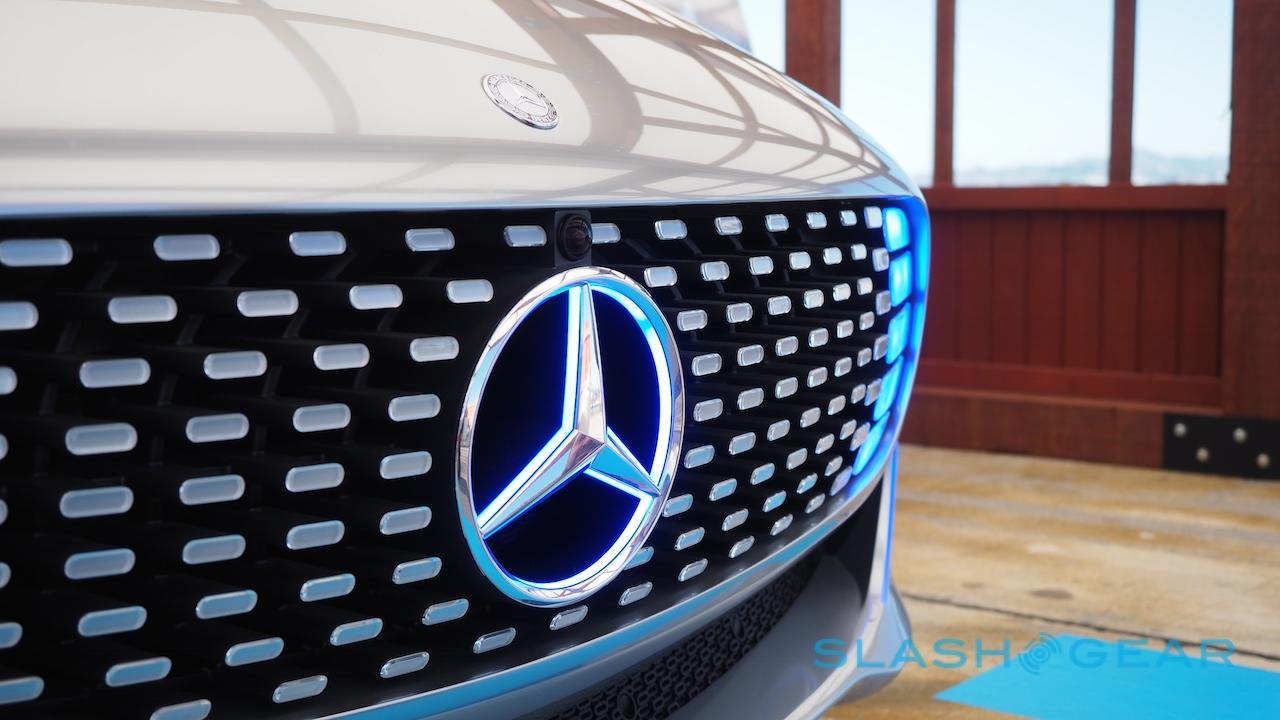How Mercedes' F 015 Self-Driving Car Is Shaping Smart Cities
If there's one thing you won't mistake the F 015 Luxury in Motion for, it's any Mercedes-Benz currently on the road. Previous autonomous development had started with a production car and then added self-driving abilities, Mercedes designer Till Varailhon explained to me; this time around, the team started from scratch: not only in how the car looks and drives, but how it shares space responsibly in the cities of 2030. After the cut, no-go zones, flocks of scurrying research robots, and why Tesla only proves the smart city is inevitable.
It's not to say the past wasn't taken into account at all. In fact, some of the earliest designs for the F 015 echoed the form of horse-drawn carriages, in the way that the wheels are pushed out to the far corners so as to allow maximum space in-between for the passenger accommodation.
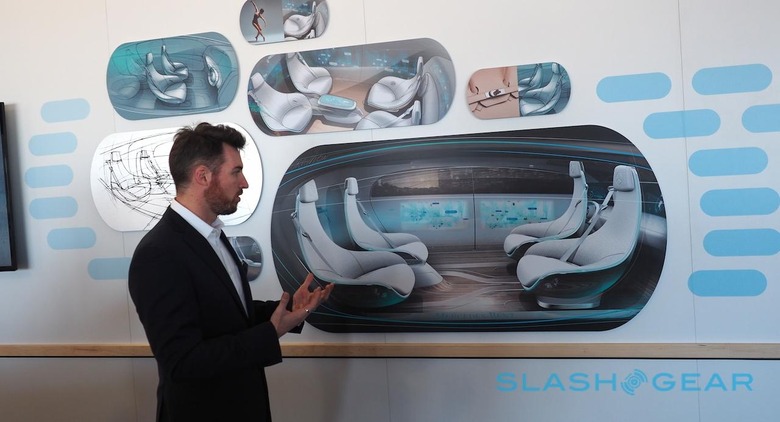
All the same, the arching roofline couldn't be a completely simple curve, the designers decided. "We didn't want to make a car that was symmetrical," Holger Hutzenlaub, head of Mercedes-Benz Advanced Design told me, instead describing the F 015 as "a pod that pushes the volume forward."
The slight misbalance between front and rear – not to mention the huge 24-inch wheels – stops the concept from looking as though it could simply drive off in either direction. Meanwhile, despite having no shortage of bodywork to mount them on, Mercedes brought most of the external gadgetry together front and back, into a "technical island" as Hutzenlaub describes it.
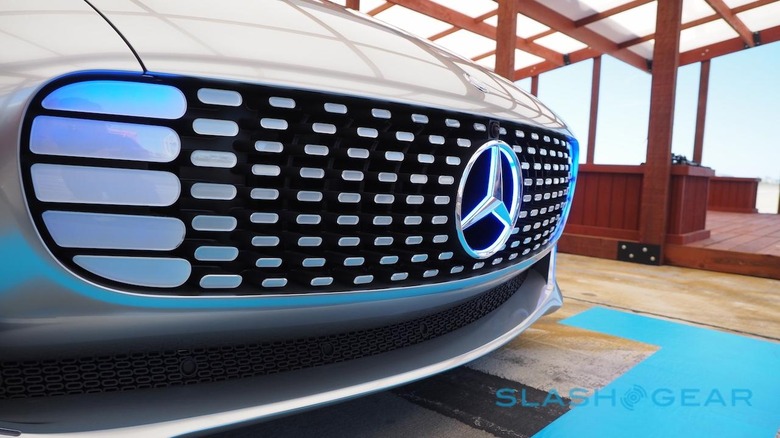
There, the lights and sensors share space with the communication hub of the car – including repurposing the LEDs to spell out messages and graphics to other road users and pedestrians – in addition to dealing with the more fundamental needs like engine cooling.
It's all about the possible interactions when there's no longer a pressing need for the person at the wheel to pay attention to the road. Mercedes-Benz focused on three distinct categories of interaction: that between people within the car; between people and the car itself; and finally between occupants and the outside world.
The first two are relatively straightforward: big displays, soothing digital voices, and the ability to repurpose the interior of a vehicle as a mobile lounge by swiveling the seats inward. The third, though, is more complex.
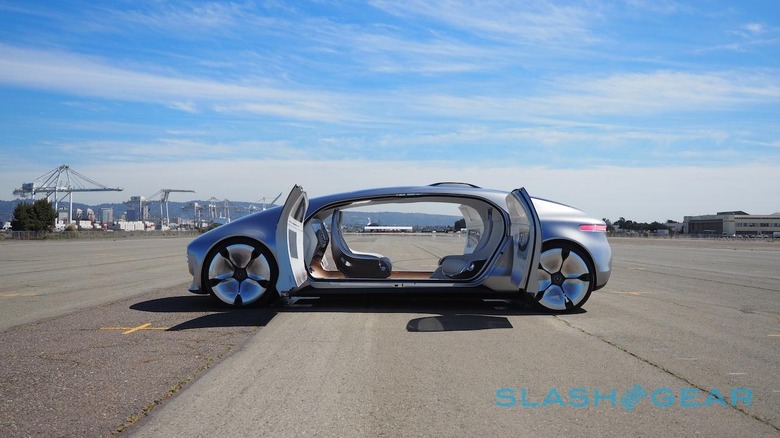
It's about your autonomous car being a good citizen, or what Mercedes-Benz describes as "shared space responsibility." Of course there are 360-degree sensors looking out for other vehicles and pedestrians, not to mention vehicle-to-vehicle communication so that even hazards out of the line of sight can be taken into account, but Mercedes has also been investigating how self-driving vehicles can safely travel through cities where the assignment of space is more dynamic.
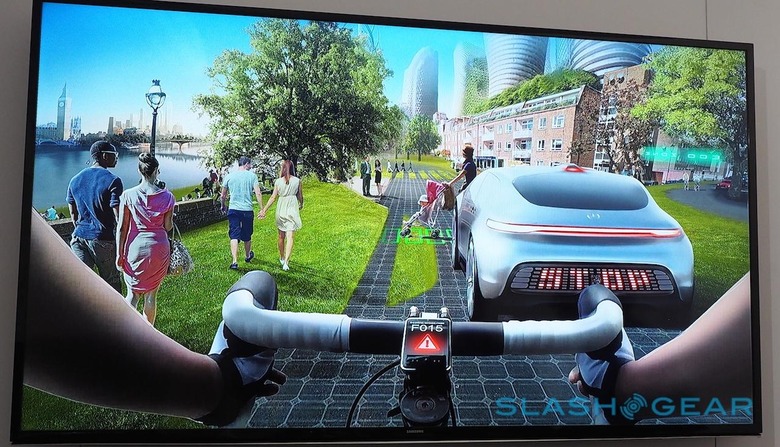
Think of it this way: when you've done away with on-street parking and multi-story lots every couple of blocks, because your autonomous car can valet itself to the nearest out-of-the-way holding pen, all of a sudden you have a lot of space to use for other purposes. That could be a pop-up urban park, perhaps, or a temporarily larger area for cyclists to use.
Mercedes' answer is, in some ways, surprisingly low-tech. The company showed me a flock of little robots which, when paired with an overhead projection system, could represent different players in a future urban scene – kids, parents, cyclists, and both traditional and autonomous cars – and show the different ways in which they interact.
Key is a set of beacons, basically reflective poles with no need for batteries or moving parts, which can be used to establish an impromptu no-go zone for autonomous vehicles.
Set up your urban park by dropping a cone at each corner, and you've instantly got a space in which no self-driving car should enter. Drag the cones a little further apart, and the cars give you an even wider berth.
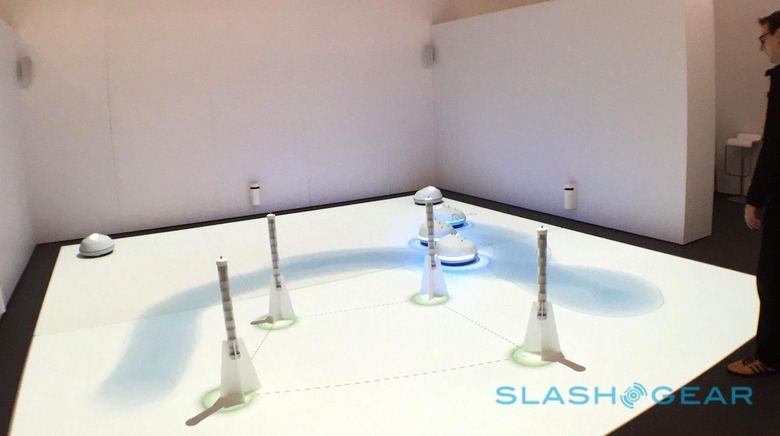
As with the F 015 itself, much of this is theoretical. Right now there are no established standards for zoning beacons, for instance – there's nothing to say that Google's self-driving cars will respect the same cones as Mercedes' will – and while early testing of V2V is underway, it's still in its extreme infancy.
Nonetheless they're conversations we need to be having now, especially as autonomous car tech begins to make its way from the lab to the streets. Tesla's announcement yesterday that it plans to remotely-upgrade its Model S to support Autopilot driving within the next 3-4 months proves that this is no longer a case of "if" but "when."
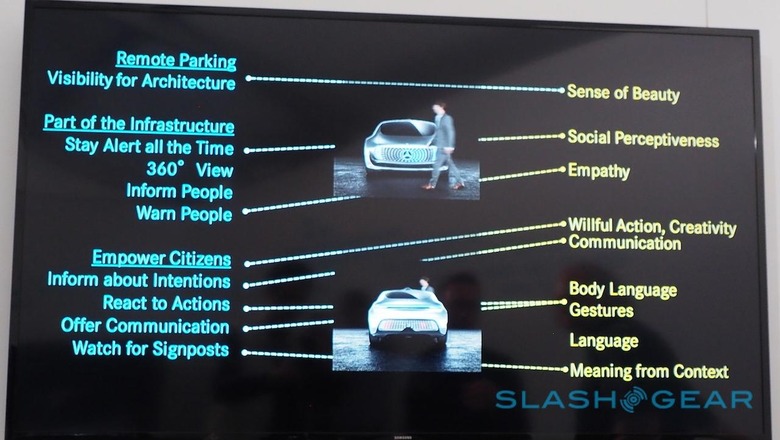
Similarly, Tesla CEO Elon Musk's admission that the technology simply isn't at a point where safe use in urban and residential environments is possible, only highlights the need for conversations about shared space responsibility.
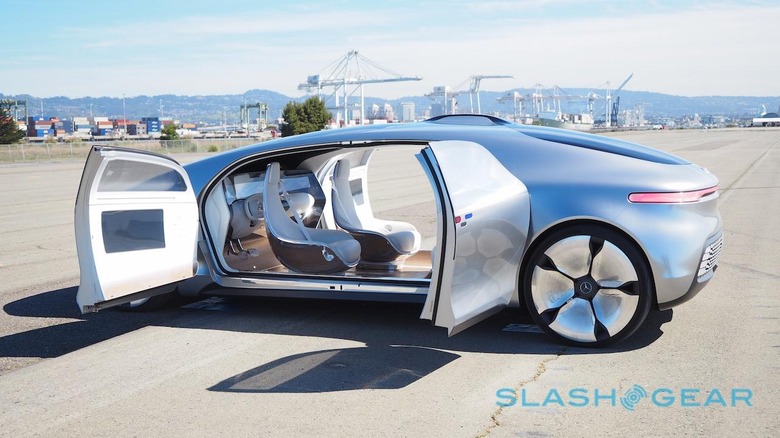
"Anyone who focuses solely on the technology has not yet grasped how autonomous driving will change our society," Dr Dieter Zetsche, Daimler AG chairman and Mercedes-Berz head said of the company's research. A "people-friendly city" would blur the boundaries between road and sidewalk, not just with safety zones where only autonomous cars would roam, but safer use of traditional vehicles and liberated pedestrians alongside them.

